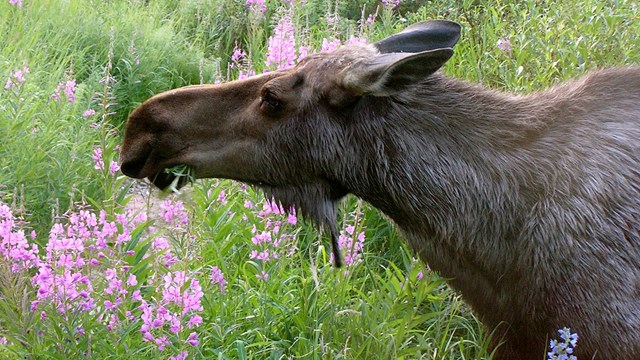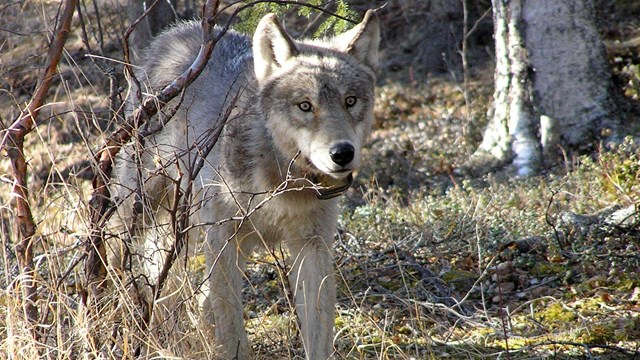|
A bear splashes into a stream and emerges with a spawning salmon ... tundra swans glide elegantly across a boggy pond ... a porcupine curls up and shows his quills to a curious hiker ... a sharp-shinned hawk dives on a redback vole ... wolves howl into the winter night. Lake Clark National Park and Preserve teems with wildlife. Among the reasons congress set aside Lake Clark as a national park and preserve was to protect habitat for wilderness dependent populations of fish and wildlife. The area's intact ecosystems support a full complement of sub-arctic wildlife species, none of which are endangered or invasive species. 
NPS Photo / Kevyn Jalone Mammals Thirty-seven species of terrestrial mammals are believed to be present in the Lake Clark region and five different marine mammal species use haul-out sites or feeding areas along the coast. To learn more, look through the following links: 
Brown Bears
Brown bears occur in all habitats in the park, but are especially concentrated along Cook Inlet coast. 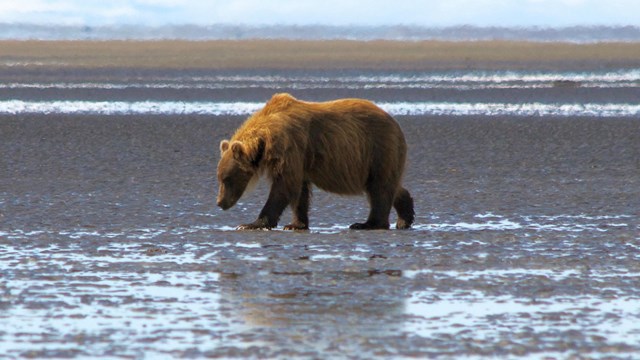
Bear Viewing
Bear viewing is one of the park's most popular activities. Learn more about bear viewing best practices. 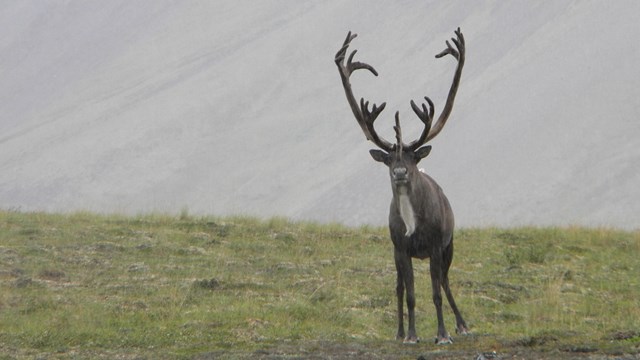
Caribou
In the Bonanza Hills and around Turquoise, Twin, and Snipe lakes, caribou can be a majestic sight. 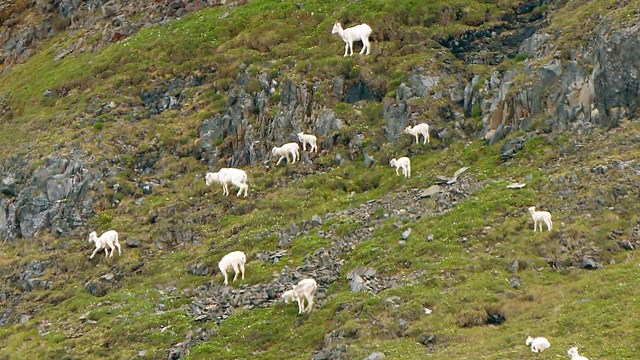
Dall Sheep
Dall Sheep traverse higher elevations along the western flank of the Chigmit Mountains. 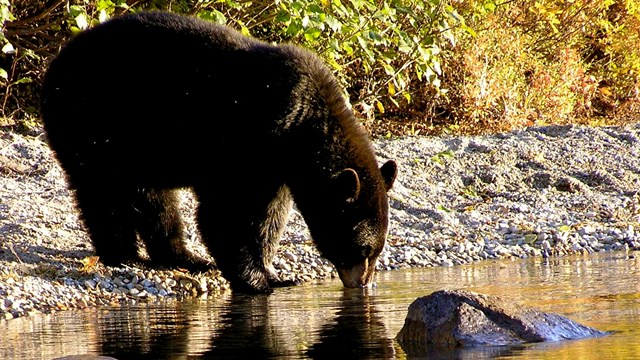
Black Bears
Black bears are found throughout the park and preserve, except at the highest elevations BirdsFrom migratory birds that arrive in Lake Clark from wintering grounds around the world, to resident birds that brave Alaska’s long winters like the gray jay and boreal chickadee, over one hundred eighty species of birds have been observed in the park and preserve.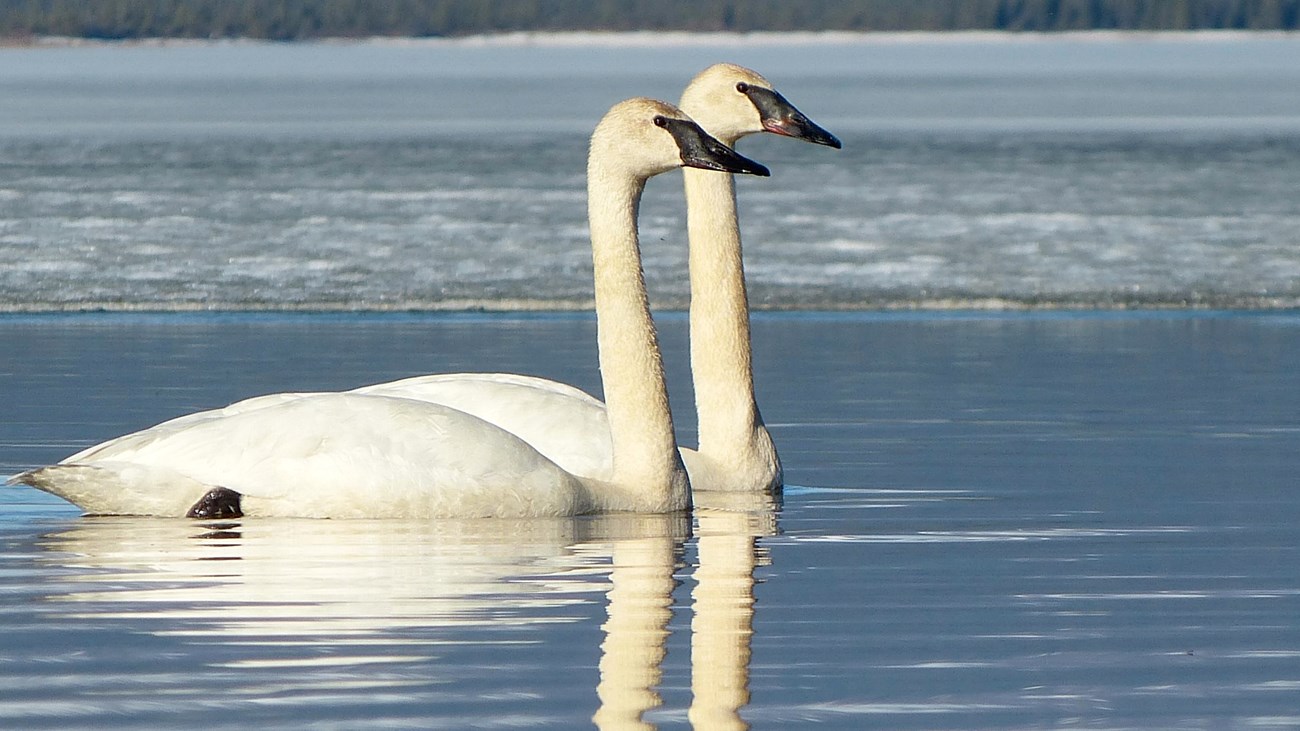
Birds
Learn about the species of birds that call the Lake Clark area home. Fish Salmon, rainbow trout, and arctic grayling are among the twenty-five species of freshwater and anadromous fish spend part or all of their lives in the park and preserve’s waterways. Anadromous fish are born in fresh water, spend most of their lives in the ocean, and return to fresh water to spawn. To learn more, look through the following links: 
Sockeye Salmon
As a keystone species, sockeye salmon are a critical component in most of Lake Clark's ecosystem. 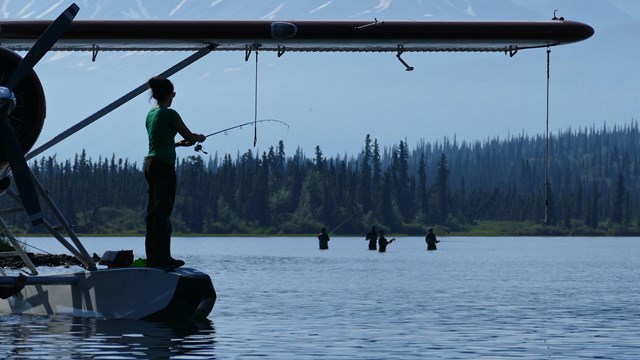
Sport Fishing
Lake Clark can be an angler's paradise. 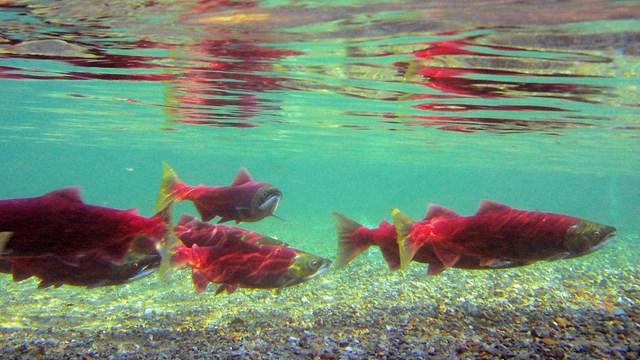
Mercury Levels in Resident Fish
Some fish in Lake Clark may contain unusually high concentrations of mercury. Viewing Wildlife Ethically - Take The Pledge! The state of Alaska offers the following wildlife viewing ethics guidelines. Pledge to uphold them and keep the wildlife wild!
See the lists of mammals, fish, birds, and other wildlife species that live in Lake Clark using the search box below. Select a Park:Select a Species Category (optional):
Search results will be displayed here.
|
Last updated: January 16, 2018

